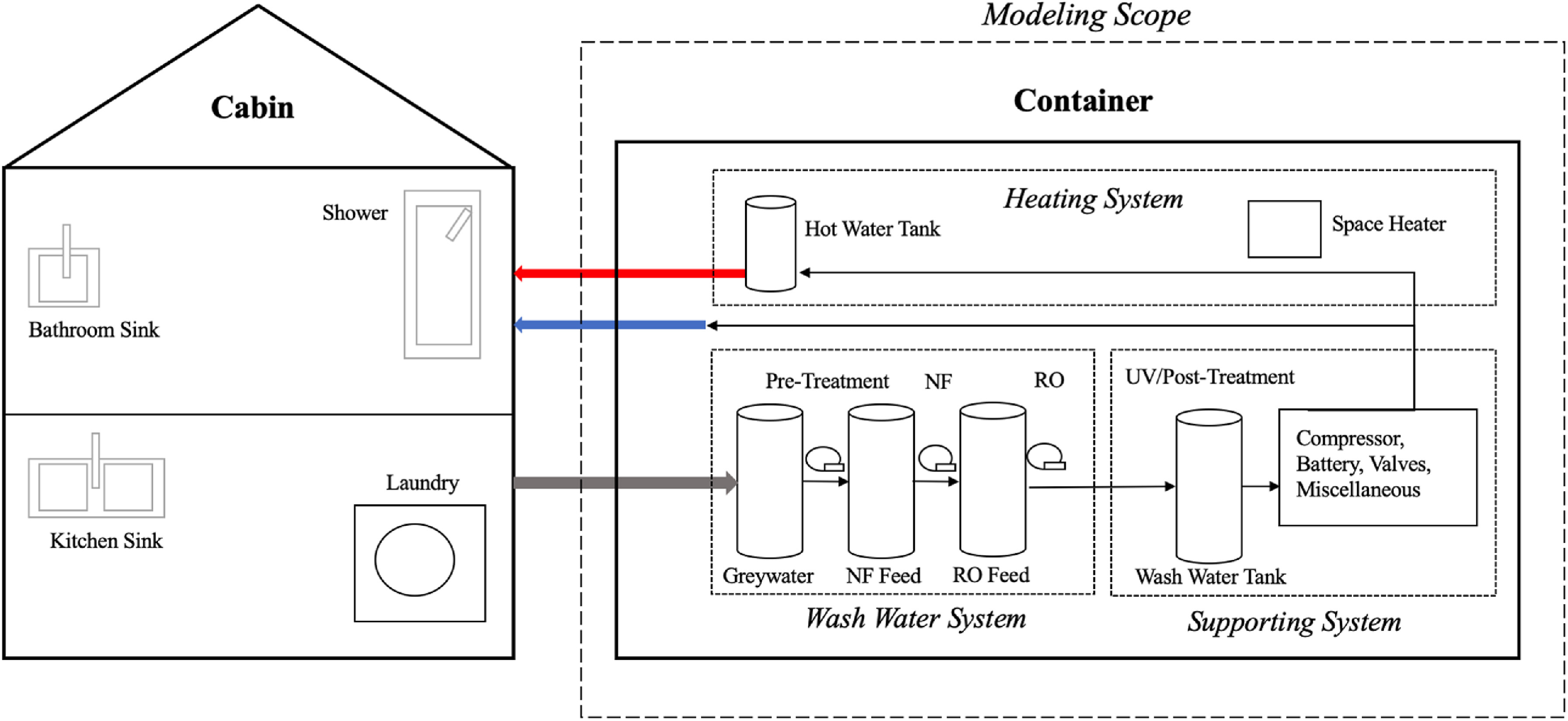Solar-Powered Water Reuse in Remote Communities Could Change Water Security

A new research paper by the National Science Foundation-funded MicroFEWs team explores how access to clean water in some remote Alaska communities can be affected by the high cost of electricity.
The results from the report, titled “Optimizing demand response of a modular water reuse system in a remote Arctic microgrid,” showed that integrating a 1.5-kilowatt solar photovoltaic array and optimally controlling the water treatment and heating process to power the water system in a home could save over 13% in total lifetime costs (including installation, maintenance and electricity purchases from the utility). Using excess wind power from a local utility wind turbine farm in southwestern Alaska could decrease total water reuse project costs by 68%.
The research, conducted by UAF, Stanford University and the University of Alaska Anchorage, analyzed a water reuse system developed by Aaron Dotson at UAA as a modular greywater recycling system. The analysis used the Food-Energy-Water Microgrid Optimization with Renewable Energy model. The FEWMORE model helped investigate the effects of managing select components of the water reuse system as dispatchable loads to integrate better with renewable resource. For example, treatment processes can be operated primarily when solar energy is available.
The study was conducted as part of the larger MicroFEWs project, which analyzes the effect of renewable energy on food, energy and water security in remote Alaska communities. MicroFEWs is a UAF-led project funded by the National Science Foundation.
For more information on this research and report, please contact Dan Sambor at dsambor@stanford.edu.
Image taken from the report shows a schematic of water use system in a home.


